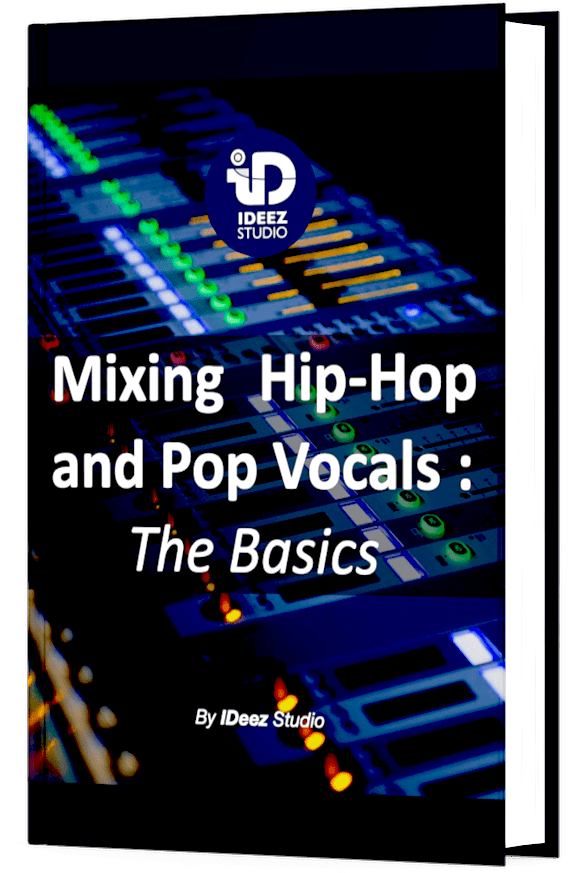Since its creation, Pro Tools has been a standard in the field of music production. It can still be found in professional studios all over the world, and is used in many audio domains. But is Pro Tools still THE best DAW for music production today?

Quick history of Pro Tools
Pro Tools, a leading Digital Audio Workstation (DAW), revolutionized music production since its inception. Created by Digidesign (now Avid) in 1989, Pro Tools began as Sound Designer, a software for editing and recording audio. It rapidly evolved into a fully-fledged DAW, introducing groundbreaking features that set industry standards.
In the mid-’90s, Pro Tools gained prominence in professional studios, with its reliable hardware and software integration. Its dominance continued into the 2000s. Bolstered by advancements like the HD system and the introduction of Pro Tools LE, making it more accessible for home studios.
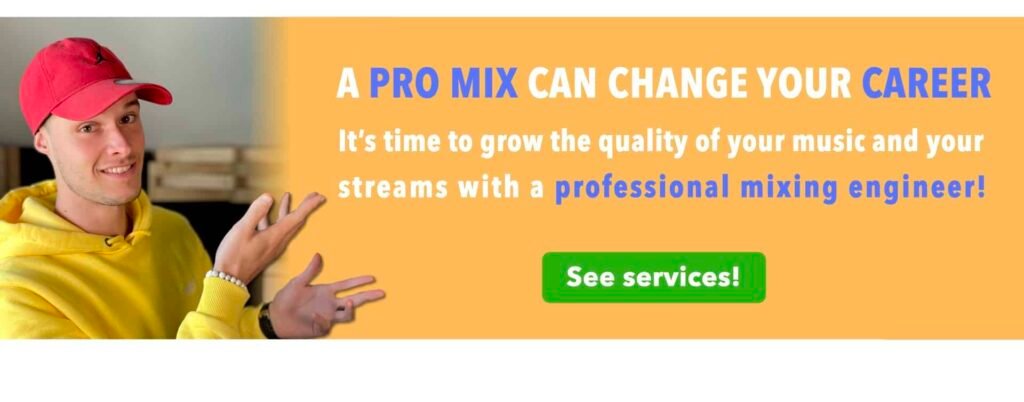
Pro Tools 9, launched in 2010, marked a significant shift by allowing users to run the software without dedicated Avid hardware. This democratized access, appealing to a broader user base. Subsequent versions brought enhanced features, improved collaboration tools, and cloud-based services.
Today, Pro Tools remains an industry staple, seamlessly integrating with cutting-edge technology and third-party plugins. Its continuous evolution reflects a commitment to staying at the forefront of audio production. This maintains its status as the go-to DAW for professionals worldwide.

✅ Pros of using Pro Tools ✅
Industry Standard
This is probably one of the most important parameters in the success of Pro Tools today. Every recording studio in the world, whether professional or semi-pro, has Pro Tools on its computer. And for most of them, it’s in daily use.
Of all the DAWs available on the market, Pro Tools remains the most popular standard in professional circles. And it will probably remain so for some years to come. This can represent a clearly non-negligible practical advantage on many levels.
Firstly, by using Pro Tools, you can work and communicate more easily with other professional producers and sound engineers. You increase your chances of smooth, productive collaboration.

Secondly, session transfer is also greatly facilitated. After all, working in the music industry very often means collaborating with other engineers, producers or musicians. In the professional world, there’s no need to export your tracks to share your work with other professionals. A session transfer will do the trick.
And last but not least, mastering Pro Tools is a potential asset for your future career. If you’re planning to make a living out of it. In fact, since every studio in the world uses Pro Tools, your mastery of this DAW can give you a big advantage.
Overall, the fact that Pro Tools is an industry standard underscores its importance as a reliable and trusted tool for music and audio production. Whether you’re a seasoned professional or an aspiring musician, Pro Tools’ industry-standard status signifies a commitment to excellence and a gateway to success in the competitive world of music production.
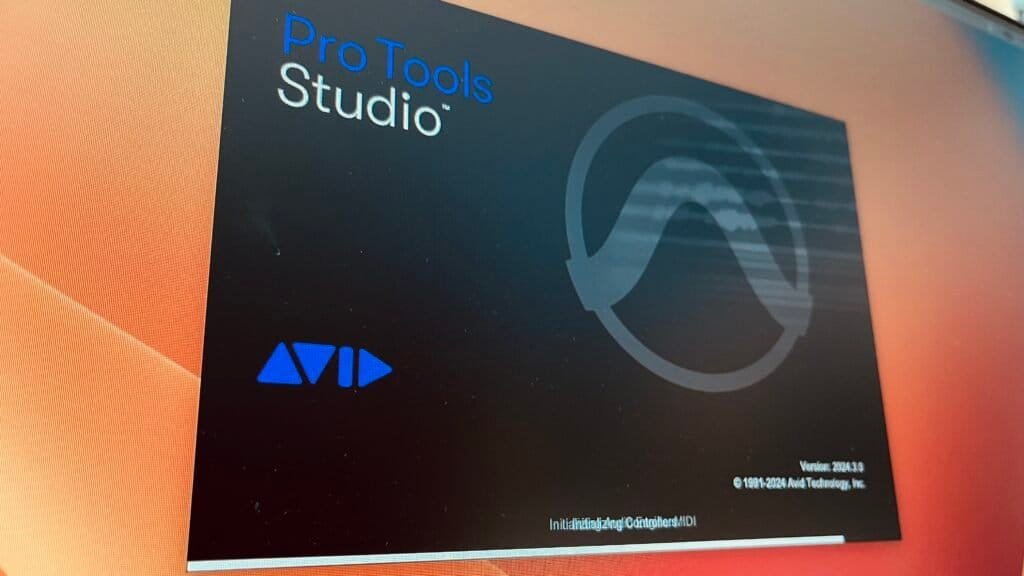
Stability of Pro Tools
Pro Tools’ stability is also a major advantage over its competitors. And although it’s a parameter often overlooked by amateur producers and sound engineers, stability is essential for a number of reasons.
First and foremost, it ensures a reliable workflow, with no interruptions, crashes or glitches. Which allows the user to focus 100% on creativity.
Secondly, the chances of losing important data, whether to collaborators or yourself, are minimized. Losing data, especially on large projects, can sometimes be devastating. And this stability will help you avoid this very unpleasant feeling for any producer, musician or sound engineer.

And finally, if you use Pro Tools for clients, you’ll increase their trust in your work. Because they’ll be sure that in your hands, their project is totally safe and won’t be lost. This will solidify your credibility with your clients.
Pro Tools’ exceptional stability enables reliable workflow, minimizes data loss, instills client confidence, upholds studio reputation, and facilitates efficient collaboration. Which potentially contributes to the success and longevity of projects and careers.
ℹ️ Want to know how to keep your audio files safe in Pro Tools? Everything’s here: 4 Ways To Keep Your Audio Files Safe In Pro Tools
Advanced editing, routing and mixing features
When it comes to working on larger sessions, having a DAW capable of handling complex routing, in-depth editing and powerful mixing processing is essential. And in this respect, Pro Tools is very strong.
First of all, when it comes to routing, you can configure your inputs and outputs with impressive ease and fluidity. Pro Tools’ bus and aux system is also very complete, making it easy for you to group signals or send them to different effects (reverb, delay, etc.).

And when it comes to editing capabilities, Pro Tools is also one of the best DAWs on the market. Automations, tempo editing, complex fading, time manipulation (elastic audio), etc. All these essential features for in-depth editing are at your disposal!
These aspects make audio mixing on Pro Tools very fluid and instinctive. By combining these parameters with powerful and comprehensive mixing tools, mixing music on this DAW becomes much easier than its competitors!
ℹ️ Want to start recording vocals in Pro Tools but don’t know how to do it? This article will help you: How to Record Vocals In Pro Tools – Quick Guide
Overall, Pro Tools’ robust routing, mixing and editing features empower users to tackle complex mixing tasks, achieve precise audio and MIDI manipulation, and unleash their creativity in the music production process. Pro Tools’ routing and editing capabilities play a crucial role in delivering professional-quality results.
But beware, this will never mean that Pro Tools will make your sound “better”. A DAW doesn’t mix, record or edit for you! But all these parameters will make the task easier and smoother.
❌ Cons of using Pro Tools ❌
Cost
As you saw above, Pro Tools is a DAW that lets you handle all types of sessions and perform complex, in-depth audio processing. But… this unfortunately comes at a cost, which is far higher than any of its competitors.
With Avid (the maker of Pro Tools), you can either choose to pay by the year, or a perpetual license. But the catch with the perpetual license is that you’ll only be able to enjoy Pro Tools updates for one year. After that, you won’t be able to update your DAW.
But whichever option you choose, you’ll need to get your wallet ready. Because even the most “basic” versions of Pro Tools run into the hundreds of dollars. A much higher price than the competition for the equivalent. And if you want the most complete version of Pro Tools, you’re looking at thousands of dollars…

Is it worth the price? Well, that depends on what you want to use Pro Tools for. If you know you’re going to be handling a lot of complex sessions, whether in terms of mixing, recording or editing, then Pro Tools is a very good option.
But if you need a DAW for very basic audio processing that requires little power or complexity, then perhaps another more simplistic DAW will be more suitable.
Learning curve
For many years (probably since its creation), Pro Tools has had the major drawback of not being very user-friendly. It is far from being the most instinctive and easy-to-learn DAW, and this often puts off many potential users.
Be warned: you’ll need at least a few weeks to get to grips with Pro Tools, and even several months if you don’t use it on a daily basis. Even if you’ve used other DAWs in the past, the workflow to be used with Pro Tools is different from the others and will require some time to learn and adapt.
If you want to speed up this learning process, I advise you not to do it alone! There are many useful videos on YouTube and/or more in-depth (often paid) resources on platforms such as Udemy.
Compatibility
You may not know it, but Pro Tools doesn’t support the same plug-in formats as its competitors. Avid’s DAW uses the AAX format, which is the only one on the market. And this can sometimes be problematic.
For more popular plug-in manufacturers such as Waves, Soundtoys or Izotope, you’ll never have this problem, as they always build their plug-ins in every possible format. But with lesser-known manufacturers, the AAX format isn’t always available, so you won’t be able to use these plugins with Pro Tools.
Of course, you will often be able to use these plugins standalone, or use tools such as BlueCat Patchwork, but in practical terms, this is not optimal.
This is a major weakness for Pro Tools, as you may have to reject certain plugins simply because of their format.
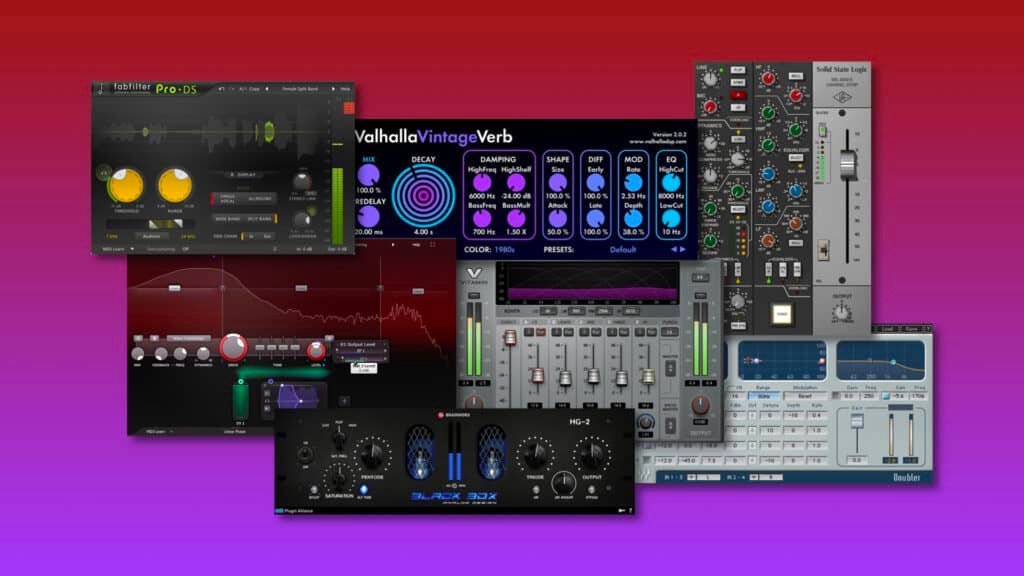
Who Pro Tools is suitable for
As you can see from this article, Pro Tools is not a DAW for everyone. It’s designed to be used by very specific types of user, and that’s where its strength lies. Here are the main target users of Pro Tools:
1. Professional Engineers and Studios: This category of users is probably the main target of Pro Tools. This DAW is an industry standard choice for professional recording studios, mixing engineers, and audio post-production facilities. Its stability, reliability, and extensive feature set make it the preferred DAW for handling large-scale projects, high-fidelity audio recordings, and complex mixing and editing tasks.
2. Music Producers and Artists: Many music producers and artists use Pro Tools as their primary DAW for music production. Its powerful recording capabilities and advanced mixing tools make it ideal for capturing and shaping musical ideas into finished tracks. Whether recording live instruments, programming MIDI sequences, or mixing and mastering tracks, Pro Tools provides the tools needed to bring creative visions to life.
3. Sound Designers and Post-Production Professionals: Even though this article is mainly written in a musical purposes, Pro Tools is widely used in the field of sound design and audio post-production for film, television, and gaming. Its advanced editing capabilities, support for surround sound formats, and integration with video editing software make it indispensable for creating immersive soundscapes, editing dialogue, and mixing audio for visual media projects.
4. Educational Institutions: Pro Tools is commonly used in educational institutions, including universities, colleges, and music schools, to teach students about music production, audio engineering, and sound design. Its industry-standard status ensures that students gain valuable experience with a professional-grade DAW, preparing them for careers in the music and audio industries.
Conclusion
In conclusion, Pro Tools shines as a top-tier DAW for music production, renowned for its industry-standard status, powerful feature set, and unmatched stability. Its versatility caters to professionals and enthusiasts alike, offering a comprehensive suite of tools for recording, editing, mixing, and mastering.
And while it may have a learning curve, Pro Tools’ reliability and flexibility make it a worthy investment for anyone serious about music production. Whether in a professional studio or a home setup, Pro Tools provides the tools and support needed to turn creative visions into professional-quality music.
If you have any questions about this topic or anything in the field of music production, feel free to contact me, and I’ll be very happy to help you!
Related Articles:
My favorite tools for mixing pop and hip-hop music:
Plugins
In the field of auto-tune, I’m convinced that nothing’s better and more efficient than Antares Auto-Tune Pro. As for the EQ’s, FabFilter Pro-Q3 and Slate Digital Infinity EQ are, in my opinion, the best tools. For compression, I have 2 favorites plugins: Waves RComp and UAD EL8 Distressor.
As for reverb, I’m a big fan of the Soundtoys Little Plate, but generally, I go for the Valhalla VintageVerb for its versatility. I also love the Arturia Rev PLATE-140 and the UAD Pure Plate for its organic side.
Headphones
The closed headphones I love and will always love using for mixing pop and hip-hop music are the Beyerdynamic DT-770. As for the best open-back headphones, I use the Sennheiser HD600 headphones, and I’m really happy of them!
Monitors
Having a pair of Yamaha HS7 in its studio or home studio is always cool for more excitement while listening to your mixes. The Adam Audio T7V monitors are also super accurate. In my studio, I also have a pair of Genelec 8030 for their reliability.
Hardware gear
For anyone who wants to start using hardware in their mixes, I always recommend these 2 units from Klark Teknik: the EQP-KT and the 76-KT. Don’t forget to use good converters, such as the Apollo interfaces. This is essential for a good rendering.
